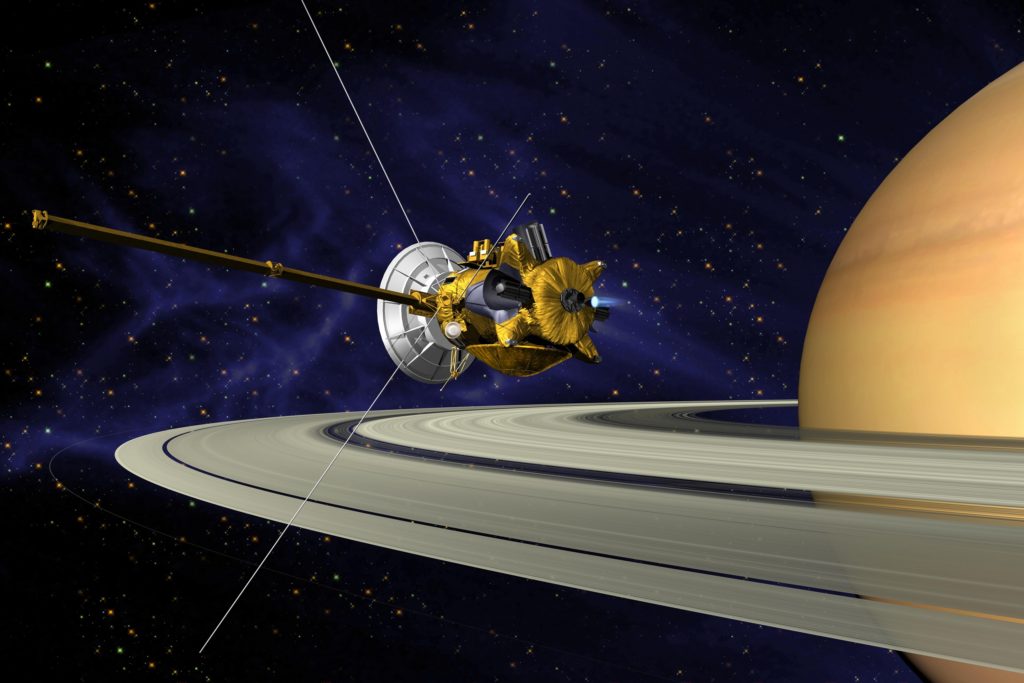
By Nicole Flannigan
Originally written for Compass Education Group
On September 15th, 2017, scientists at the National Aeronautics and Space Administration (NASA) watched their Cassini spacecraft burn up in the atmosphere of the planet Saturn. Though this event might be mistaken for a catastrophic accident, Cassini’s collision course with the massive planet actually represented the intentional culmination of the spacecraft’s approximately four-billion-dollar, twenty-year mission. Cassini was launched into space in 1997 on a mission to explore Saturn, its rings, and its moons. The spacecraft began orbiting Saturn in 2004 on what was expected to be a four-year mission. However, the information Cassini gathered turned out to be so illuminating that the mission was extended multiple times, allowing the spacecraft to continue its vital work.
Over the course of its 13 years orbiting Saturn, Cassini had a large effect on NASA researchers’ understanding of the planet and its satellites. Due to Cassini’s flyovers, scientists discovered that Saturn’s moon Titan is home to massive lakes – up to 62 miles long – that are fueled by methane rainstorms. Even more incredibly, Cassini’s images of Enceladus, an ice-covered moon, showed jets of water erupting from its frozen surface. These eruptions most likely suggest that Enceladus is home to hydrothermal activity similar to that which occurs at the bottom of the Earth’s oceans and could indicate that the moon contains life.
Ultimately, when Cassini began to run out of fuel, NASA scientists engineered a “Grand Finale” for the spacecraft. Because of the possibility that some of Saturn’s moons may support life, scientists wanted to avoid the possibility of Cassini crashing into them and accidentally contaminating them with Earth microbes. Consequently, the researchers decided to plunge the spacecraft directly into Saturn, where it would burn up like a meteor. During the final five months of Cassini’s journey, the spacecraft made 22 passes around Saturn, getting progressively closer to the planet with each pass. During its final five orbits, Cassini passed through Saturn’s outer atmosphere, before eventually plummeting into the planet on September 15th.
The final months of Cassini’s mission were about more than its fateful dive into Saturn, however. It was during that period that Cassini did some of its most daring work. As the spacecraft traveled around Saturn, it was able to collect data that would have been too risky to acquire earlier. During that time, Cassini was able to take close-up images of Saturn’s rings and clouds, sample the material that comprises the rings, make detailed maps of Saturn’s gravity and magnetic fields, and sample the composition of Saturn’s atmosphere. It was a spectacular end for one of the most important missions in NASA history.